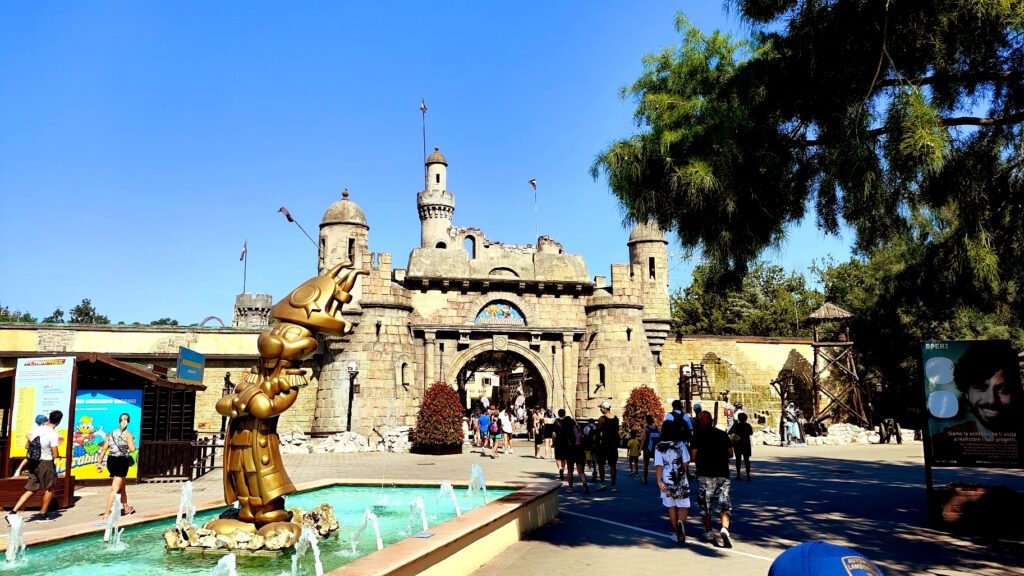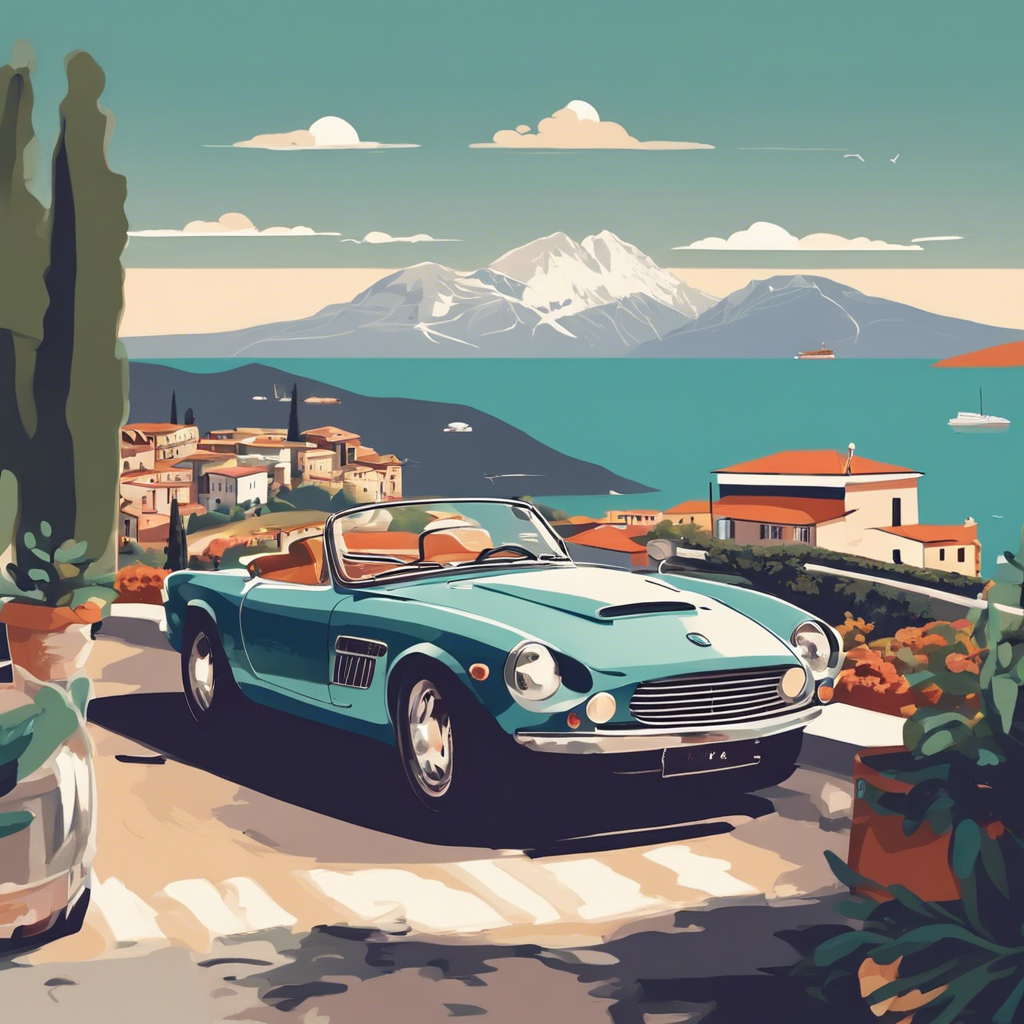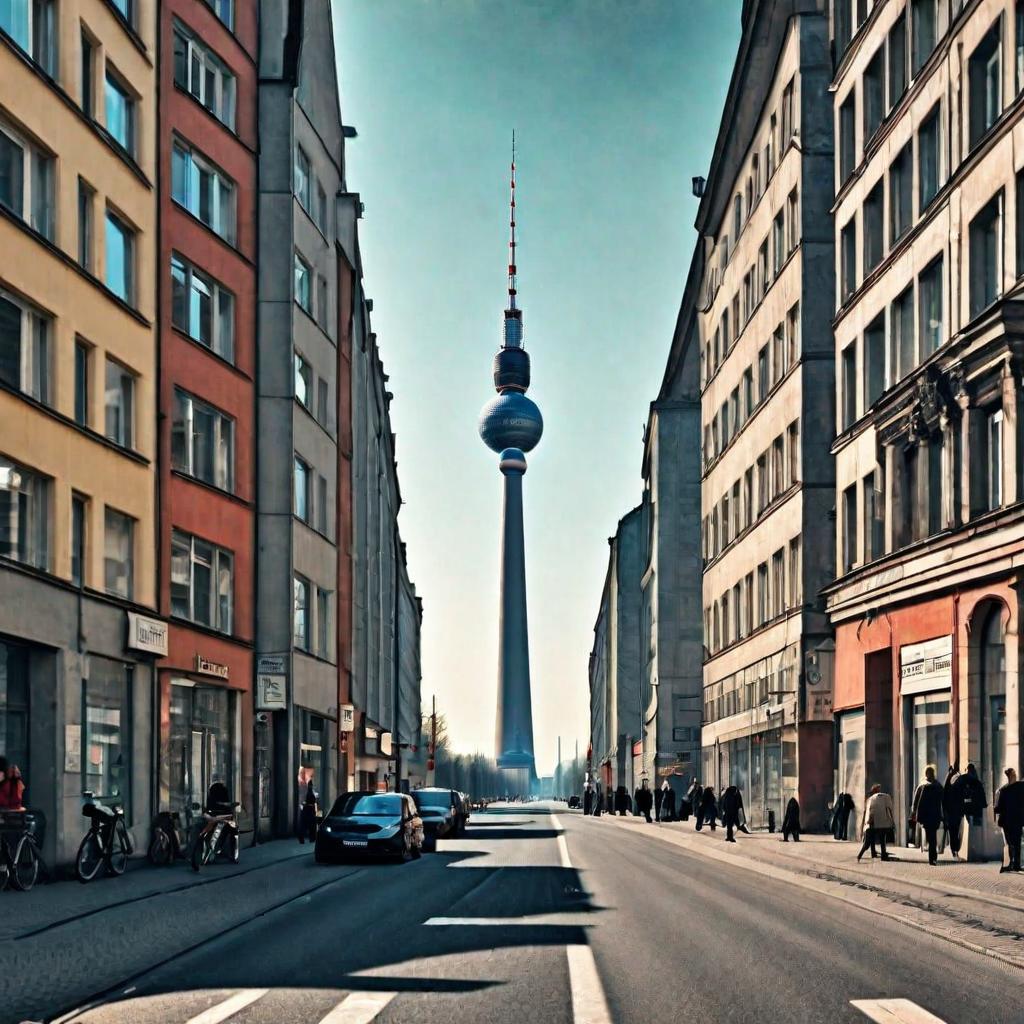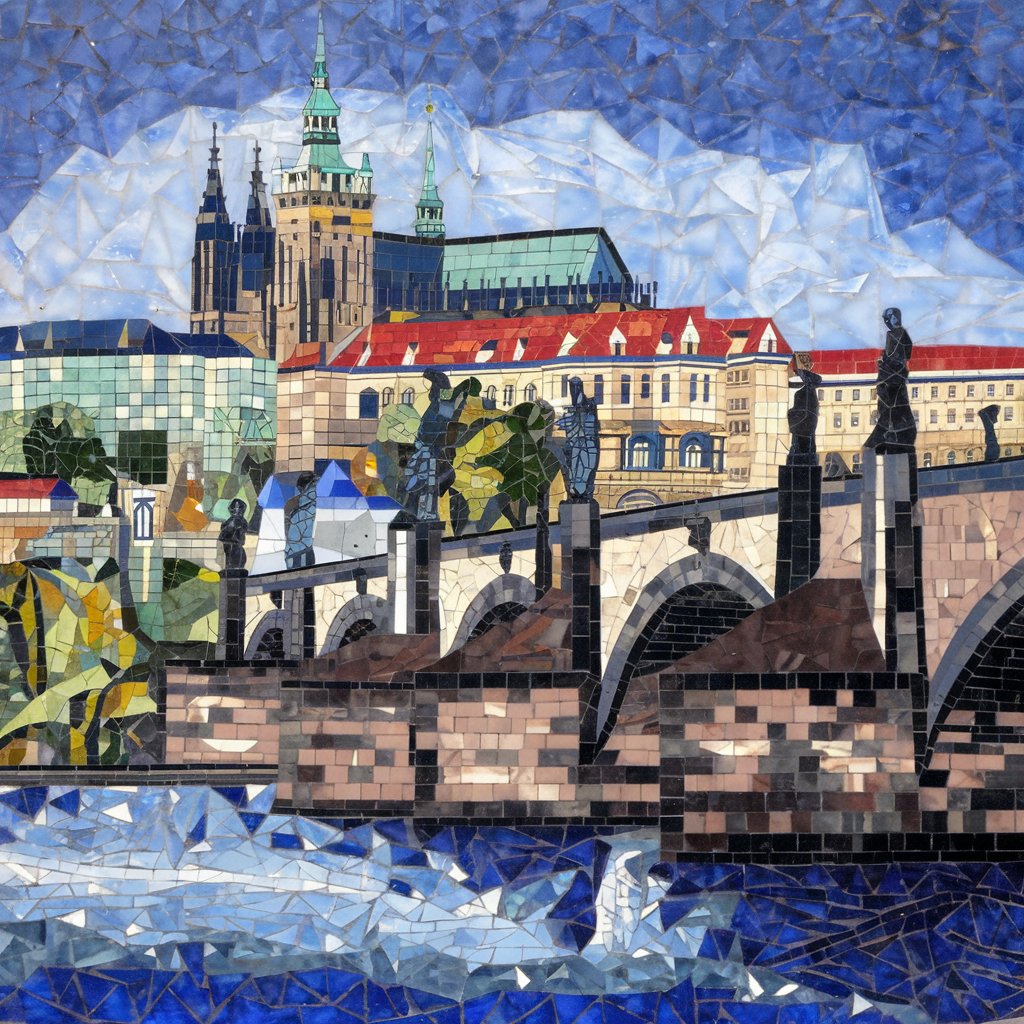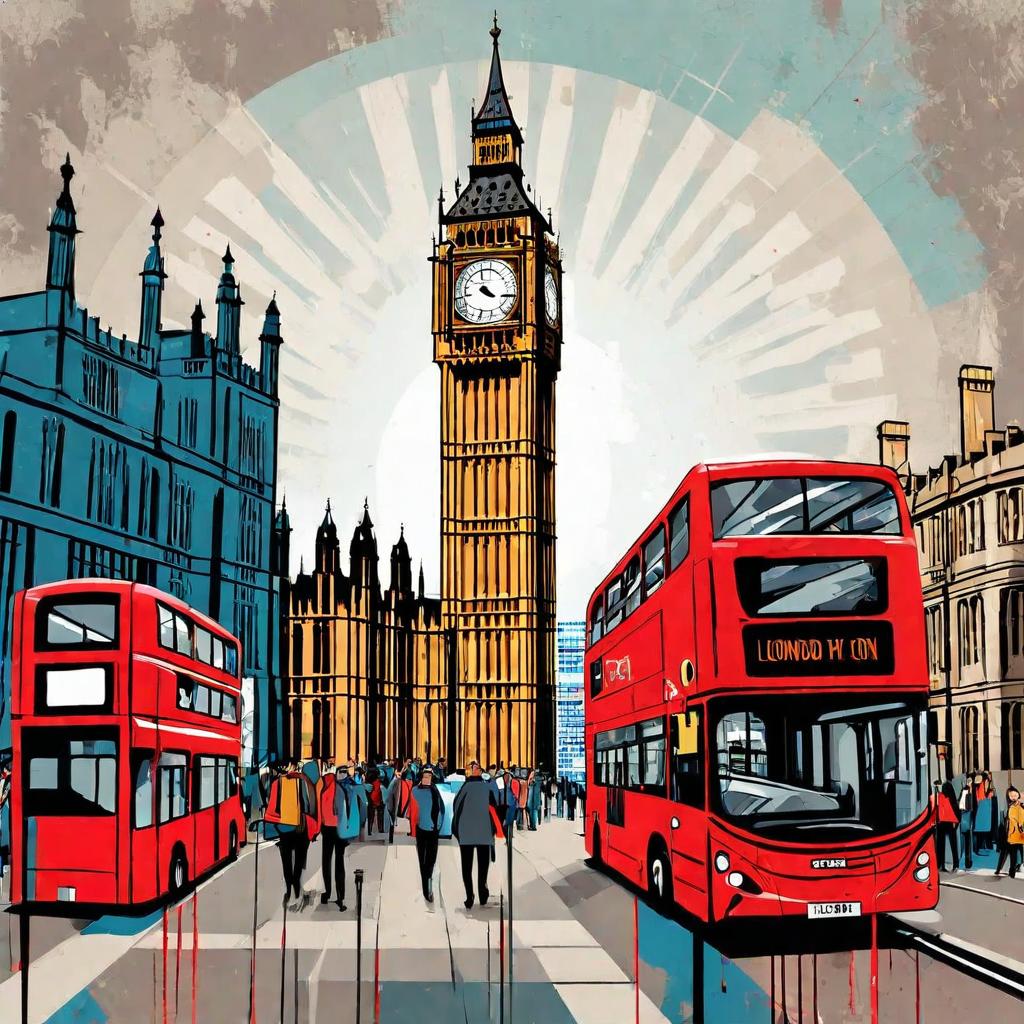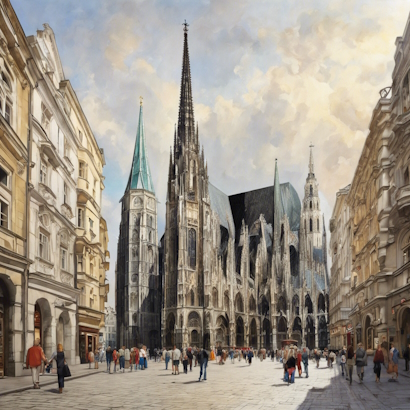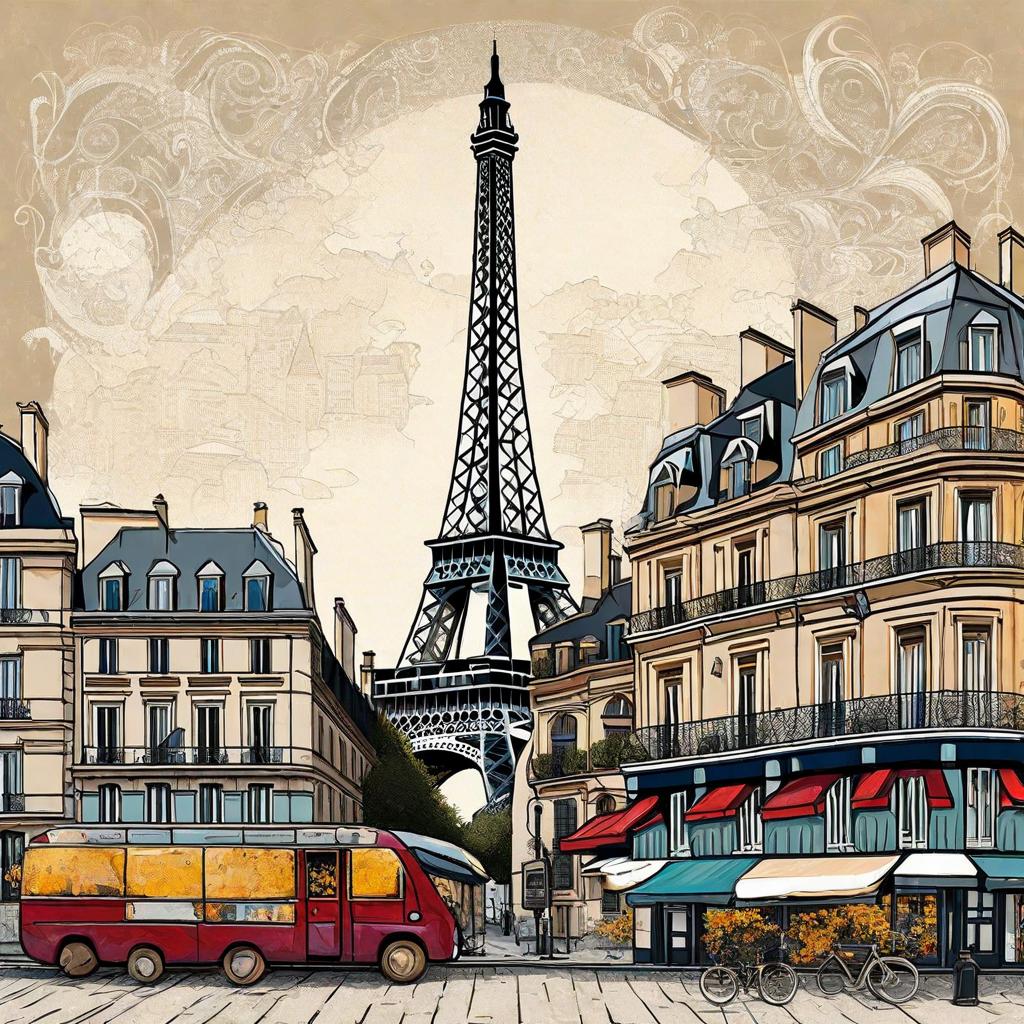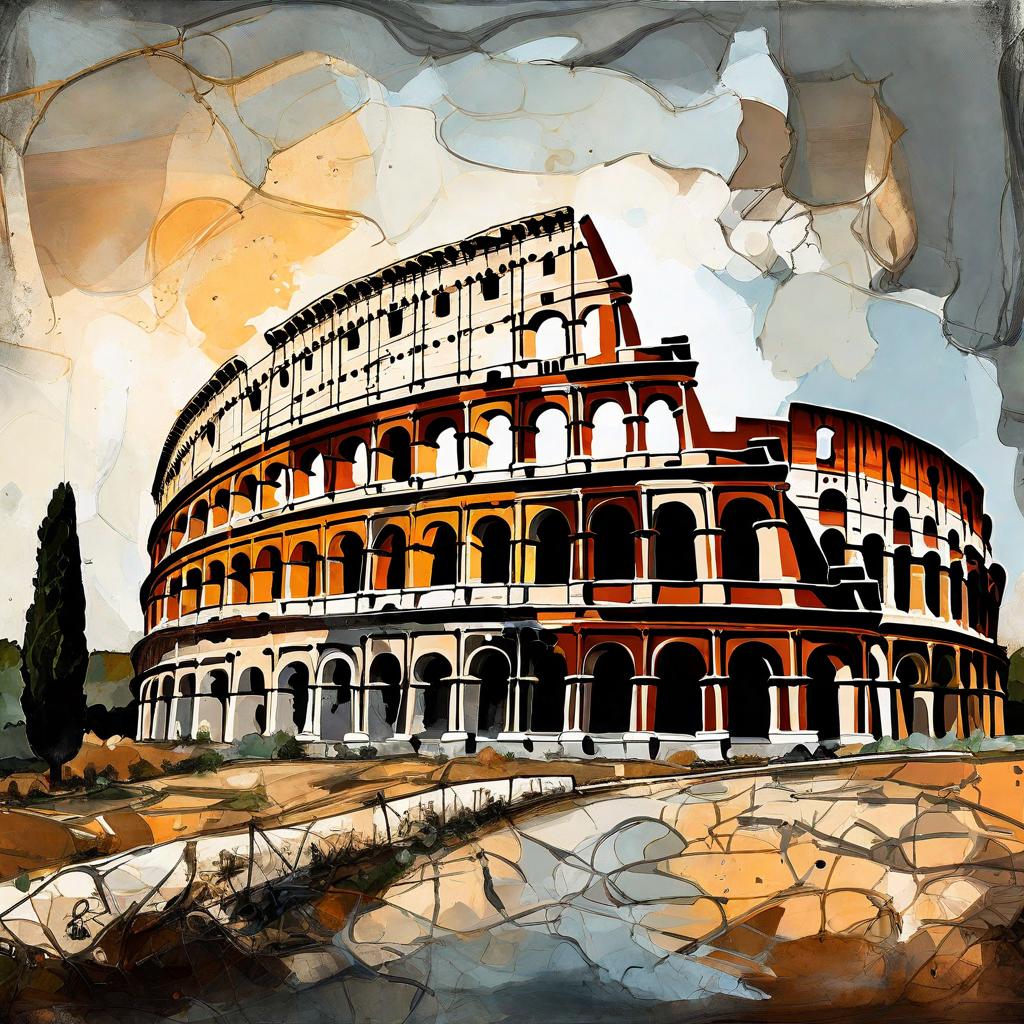Travel Smarter, Not Harder: How I Find the Best Activities on My Trips
Stop wasting your precious vacation time on endless online searches Introduction You’ve arrived on your dream vacation and think: “Great, I’m here! But what now?” I know exactly that feeling of being lost in a new place, trying to find something interesting on Google. How many times have I wasted precious time scrolling through countless links? That’s why I’ve developed a few tricks to discover great activities more efficiently and fully enjoy my travels. In this article, I’ll share what helps me the most, so you can avoid unnecessary stress and truly savor your vacation. Let’s get started! For those who are already impatient and want to get straight to the point: you can find the solution here. If you’re interested in my specific experiences and the benefits, keep reading. So, before we dive into the solutions, I’d like to share three short stories that really pushed me to look for a better way. Thankfully, I did, and I stumbled upon what I now consider a holy grail for travel planning — something that I truly believe will help you too. The Great Pompei Train Misadventure: A Google-Induced Hike from Naples I was incredibly excited about my trip to the ancient ruins of Pompeii. Starting from vibrant Naples, I confidently relied on my trusty digital guide — Google Maps. I entered my destination and followed the instructions with naive certainty. What followed was… well, educational, but definitely not as comfortable as I had imagined. Google, with its unwavering logic, directed me to the local narrow-gauge railway, the Circumvesuviana. While the journey itself offered picturesque views of the Vesuvius surroundings, upon finally arriving at the Pompeii Scavi station, I was met with an unwelcome surprise. My accommodation was a good 4 kilometers away. And naturally, I was lugging a suitcase full of belongings. I had no choice but to embark on a trek with my luggage through the sweltering streets of Pompeii. Under the Neapolitan sun, it wasn’t exactly an idyllic stroll. Only later, after checking in and catching my breath, did I discover with astonishment that a much more direct and comfortable option existed — a regular Trenitalia train that would have taken me directly to the center of Pompeii, much closer to my destination. That’s when I realized how easily one can rely solely on a single source of information and how much time and energy it can cost. While I eventually reached the ruins of Pompeii, and the historical experience was fascinating, that initial “hike” with my suitcase was completely unnecessary, and I could have saved myself the trouble with better research into transportation options. Prague’s Pricey Lesson: The Hop-On Hop-Off Street Trap During my visit to the beautiful city of Prague, I was eager to soak in the atmosphere of the historical center and see all the iconic sights as quickly as possible. At that moment, the best idea that came to mind was to give in to one of the street vendors offering Hop-on hop-off bus tours. It sounded appealing — a comfortable way to get around and see all the essentials. Swept up in the crowd of tourists and the excitement of a new city, I bought a ticket from a smiling vendor. The tour itself was fine, I must admit. The bus stopped at all the important landmarks, and I could leisurely admire Prague Castle, the Charles Bridge, and other gems. However, in the evening, as I was calmly reviewing my expenses and comparing prices online, I was unpleasantly surprised to discover how much I had actually paid for this “convenience.” Although I suspected that street vendors add a markup, the reality was shocking — I had paid almost triple the regular online price. It was a clear price to pay for my laziness and unwillingness to spend a few minutes searching for better deals online. I was lured in by the immediate availability and the promise of an easy solution, which ultimately cost me dearly. Even though I enjoyed Prague, the bitter taste of unnecessarily wasted money lingered somewhat. Hallstatt’s “What Now?” Moment: Lost in Choice, Found in Boredom Our family vacation in the picturesque Hallstatt, Austria, started absolutely idyllically. Breathtaking scenery, amazing accommodation — simply a fairytale. We strolled through the charming streets of the town, visited the salt mine hidden in the mountain (highly recommended!), took countless photos, enjoyed a boat ride on the lake, and savored the views from the Skywalk. We felt like we had made the most of Hallstatt. But then came the “what now?” moment. We woke up on the third day and suddenly realized we had exhausted all the “must-see” attractions. We sat down at the laptop intending to plan our next adventures around Hallstatt. And that’s when the familiar “decision paralysis” struck. So many beautiful places within reach — lakes, mountains, charming towns — that we couldn’t decide what to choose. Hours passed, and we just scrolled through offers, compared distances and reviews, but without a clear result. Eventually, it was late afternoon, and there was no time left for a significant trip. We had no choice but to go for another walk through the already familiar places. That day in Hallstatt, amidst such beauty, paradoxically ended up being a bit boring. But we learned our lesson. And we know we’ll have to return to Hallstatt. This time, however, we’ll be prepared and won’t waste precious time hesitating and being indecisive. So, what did I take away from those trips? Mostly frustration from wasted time and money. If only I had known a better way to discover activities back then… And that’s where something that has made my travels much easier ever since comes in — something I think could help you too. I’m talking about GetYourGuide. Imagine having an overview of verified tours and activities worldwide, all in one place. You can easily find them, compare prices, and read reviews from other travelers. And what’s great is that the website is available in many
Travel Smarter, Not Harder: How I Find the Best Activities on My Trips Read More »


